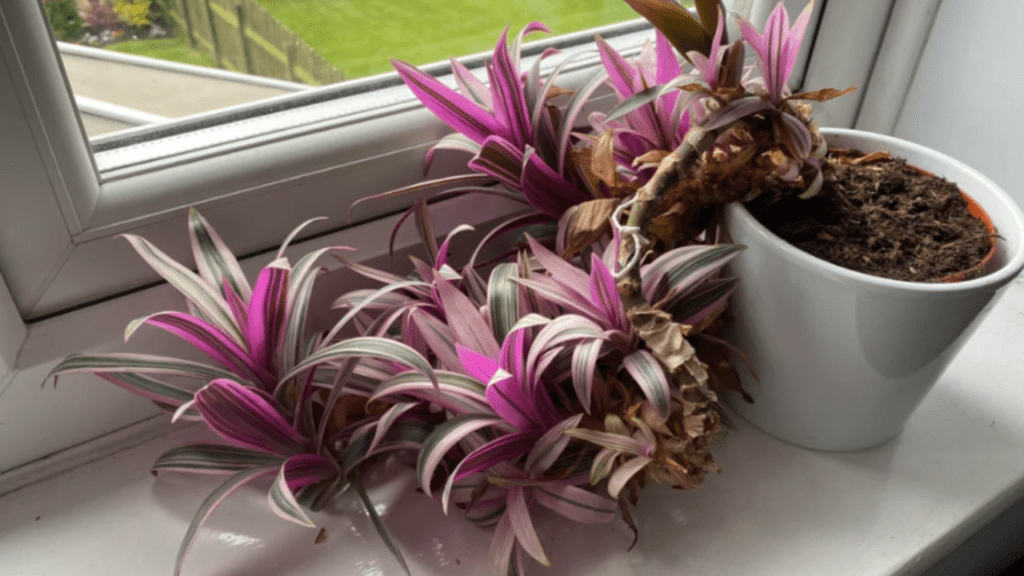
How to Grow and Maintain a Healthy Moses in Cradle Plant
Are you tired of struggling to keep your Moses in Cradle plant healthy and thriving? Look no further, because this post is here to provide you with all the expert advice and tips you need to ensure your plant stays beautiful and vibrant. Don’t waste any more time and effort on trial and error—follow our proven methods and watch your plant flourish in no time. Trust us, you won’t want to miss out on this valuable information!
Table of Contents
ToggleHistory and Origin
Origins of the Moses in Cradle Plant
The Moses in Cradle plant, also known as Tradescantia spathacea, has a rich history and interesting origins. This plant is native to Mexico and Central America, where it thrives in warm and tropical climates. It gets its name from the way its leaves fold up, resembling the shape of a cradle. Traditionally, this plant has been used for its medicinal properties, such as treating skin irritations and insect bites. It has also been used in spiritual and cultural practices in certain societies. The Moses in Cradle plant has a fascinating history and is a valuable addition to any indoor or outdoor garden.
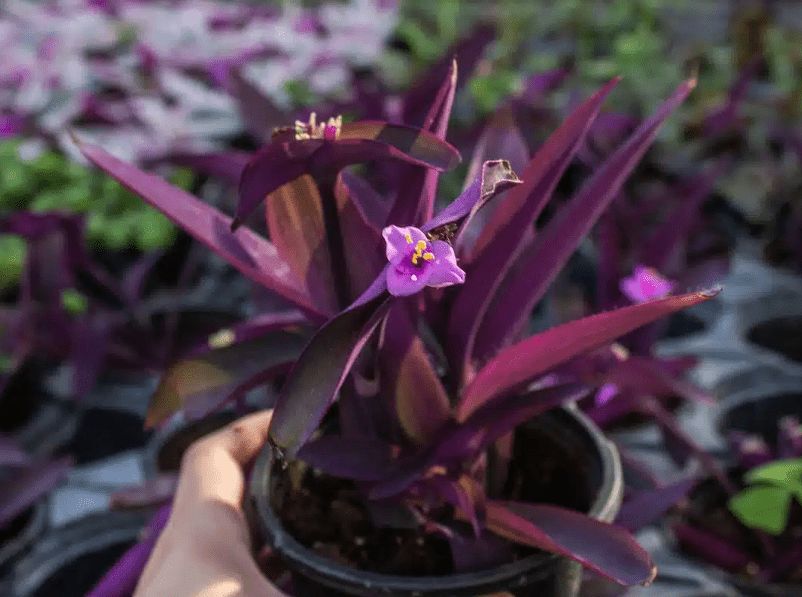
Cultural significance and historical background
The Moses in Cradle plant has significant cultural and historical significance in various societies. In some cultures, this plant is believed to bring good luck and prosperity to the home. It is often used in spiritual and religious ceremonies as a symbol of protection and healing. The plant’s unique folding leaves also hold symbolic meaning in different cultures, representing the idea of growth, renewal, and protection.
In addition to its spiritual and cultural importance, the Moses in Cradle plant has a rich history of medicinal use. In traditional medicine, the plant has been used to treat skin irritations, insect bites, and even digestive issues. Its leaves and sap contain beneficial compounds that have been utilized for their healing properties for centuries.
Understanding the cultural significance and historical background of the Moses in Cradle plant adds depth and meaning to its presence in our lives. Embracing the traditions and knowledge surrounding this plant can enhance our appreciation for its beauty and value. Next time you see a Moses in Cradle plant, take a moment to consider its rich history and the cultural significance it holds.
Description and Characteristics
Botanical name and classification
The Moses in Cradle plant, scientifically known as Tradescantia spathacea, belongs to the family Commelinaceae. This beautiful and unique plant is native to southern Mexico and Central America, where it thrives in tropical climates. The Moses in Cradle plant is characterized by its striking green and purple leaves, which fold inward lengthwise, creating a visually stunning effect. Its compact size and low-maintenance nature make it a popular choice for indoor and outdoor gardens alike.
Understanding the botanical name and classification of the Moses in Cradle plant can deepen our appreciation for its unique qualities and origins. By learning about its scientific features, we can gain a greater understanding of how to care for and nurture this plant. Additionally, knowing its botanical name allows us to connect with other plant enthusiasts and experts, fostering a sense of community and shared knowledge.
Incorporating the botanical name and classification of the Moses in Cradle plant into our discussions and interactions can help to elevate our understanding and appreciation of this remarkable botanical specimen. Let’s take the time to explore and learn about the scientific aspects of the Moses in Cradle plant, enhancing our connection to its natural beauty and cultural significance.
Physical characteristics (leaves, flowers, etc.)
The Moses in Cradle plant is truly a stunning and unique addition to any garden. Its striking green and purple leaves create a visually stunning effect that is sure to catch the eye. Not only is it visually appealing, but it is also low-maintenance and easy to care for, making it a perfect choice for both indoor and outdoor gardens. By taking the time to understand the botanical name and classification of the Moses in Cradle plant, we can deepen our appreciation for its unique qualities and origins. This knowledge allows us to better care for and nurture the plant, ensuring it thrives in its environment. Furthermore, understanding the scientific aspects of the Moses in Cradle plant allows us to connect with other plant enthusiasts and experts, fostering a sense of community and shared knowledge. Let’s take the time to explore and learn more about the physical characteristics and botanical aspects of the Moses in Cradle plant, enhancing our connection to its natural beauty and cultural significance.
Varieties and types of Moses in Cradle Plant
The Moses in Cradle plant comes in a variety of types, each with its own unique features and characteristics. Some varieties have solid green leaves, while others showcase a stunning combination of green and purple. The leaves of the Moses in Cradle plant are long, narrow, and sword-shaped, creating a beautiful and distinctive look. The plant also produces small, delicate white flowers that add an extra touch of elegance to its overall appearance.
In addition to its physical attributes, the Moses in Cradle plant is known for its resilience and adaptability. It can thrive in a range of conditions, making it an ideal choice for both indoor and outdoor gardens. Whether you prefer a potted plant for your home or a striking addition to your landscape, there is a variety of the Moses in Cradle plant that will suit your needs.
By exploring the different varieties and types of the Moses in Cradle plant, we can discover the full range of its beauty and versatility. Whether you are a seasoned plant enthusiast or new to gardening, there is something special about the Moses in Cradle plant that is sure to captivate and inspire. Let’s celebrate the diversity of this remarkable plant and appreciate the unique qualities that each variety brings to our gardens.
Ideal Growing Conditions
Climate and temperature requirements
The Moses in Cradle plant is a resilient and adaptable plant that can thrive in a range of conditions, making it perfect for both indoor and outdoor gardens. With its small, delicate white flowers and overall elegant appearance, it adds a touch of beauty to any space. Whether you’re looking for a potted plant for your home or a striking addition to your outdoor landscape, there’s a variety of the Moses in Cradle plant that will suit your needs. It’s important to explore the different varieties and types of this plant to fully appreciate its beauty and versatility. Whether you’re an experienced plant enthusiast or new to gardening, there’s something special about the Moses in Cradle plant that is sure to captivate and inspire. Let’s celebrate the diversity of this remarkable plant and appreciate the unique qualities that each variety brings to our gardens. And when it comes to climate and temperature requirements, the Moses in Cradle plant is quite adaptable, making it an ideal choice for a wide range of environments. So, whether you live in a warmer or cooler climate, this plant is sure to thrive and bring joy to your garden.
Soil type and pH preferences
Are important factors to consider when growing the Moses in Cradle plant. This plant prefers well-draining soil with a slightly acidic to neutral pH level. It is important to ensure that the soil is not too soggy, as this can lead to root rot and other issues. When planting the Moses in Cradle, be sure to choose a location with soil that meets these preferences to ensure the plant’s health and longevity. By understanding and accommodating the soil type and pH preferences of the Moses in Cradle, you can create an ideal environment for this beautiful and versatile plant to thrive. With proper care and attention to these factors, you can enjoy the beauty of the Moses in Cradle in your garden or home for years to come.
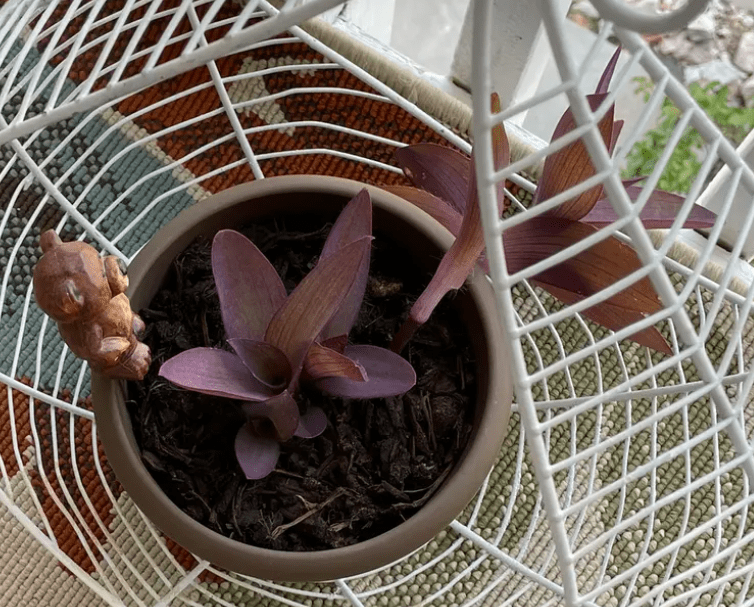
Light and water needs
Are crucial factors to consider when caring for the Moses in Cradle plant. This plant thrives in bright, indirect sunlight, making it a perfect addition to any well-lit room or garden space. It is important to avoid direct sunlight, as this can lead to leaf burn and damage the plant. Additionally, the Moses in Cradle plant requires regular watering, but it is important to allow the soil to dry out slightly between waterings to prevent root rot.
By providing the Moses in Cradle plant with the proper light and water conditions, you can ensure its health and vitality. This beautiful plant will reward you with vibrant, green foliage and stunning flowers when given the care it needs. It’s important to understand and meet the light and water needs of the Moses in Cradle to create an optimal environment for its growth and beauty. With the right care, you can enjoy the splendor of the Moses in Cradle in your home or garden for years to come.

Planting and Propagation
Step-by-step guide to planting Moses in Cradle Plant
Step 1: Choose a pot with good drainage and fill it with a well-draining potting mix.
Step 2: Gently remove the Moses in the Bulrushes Plant from its existing pot and shake off any excess soil from the roots.
Step 3: Place the plant in the new pot and add more potting mix around the roots, making sure to cover them completely.
Step 4: Water the plant thoroughly and place it in a location with bright, indirect sunlight.
Step 5: Allow the soil to dry out slightly between waterings to prevent root rot.
Step 6: Fertilize the plant every 2-4 weeks during the growing season with a balanced liquid fertilizer.
Step 7: Provide regular pruning to maintain the shape and size of the plant.
By following these steps, you can ensure that your Moses in Cradle plant thrives and continues to beautify your home or garden. With proper care and attention, your plant will reward you with its vibrant foliage and stunning flowers. So why wait? Get started on planting your Moses in the Bulrushes Plant today and enjoy its beauty for years to come!
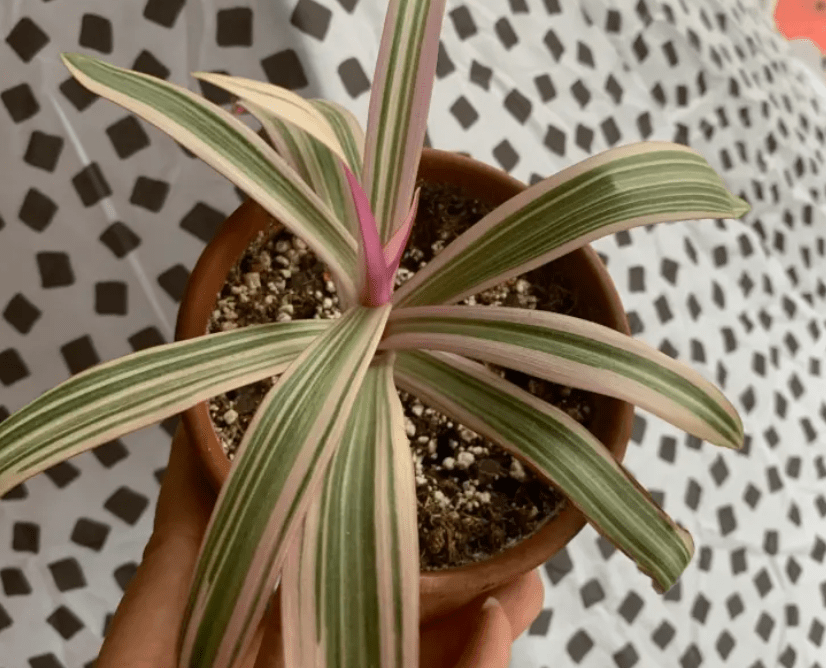
Methods of propagation (cuttings, division, etc.)
Propagation is the process of creating new plants from existing ones, and there are several methods you can use to propagate your plants. One common method is through cuttings, where you take a cutting from a healthy plant and encourage it to grow roots in a new environment. Another method is division, where you separate a plant into multiple parts and replant them to create new plants. These are just a few examples of the many methods of propagation that you can use to expand your garden or share your plants with others. By learning about and utilizing different propagation methods, you can grow your plant collection and share the beauty of your plants with others. So don’t be afraid to experiment and try out different propagation methods to see what works best for you and your plants.
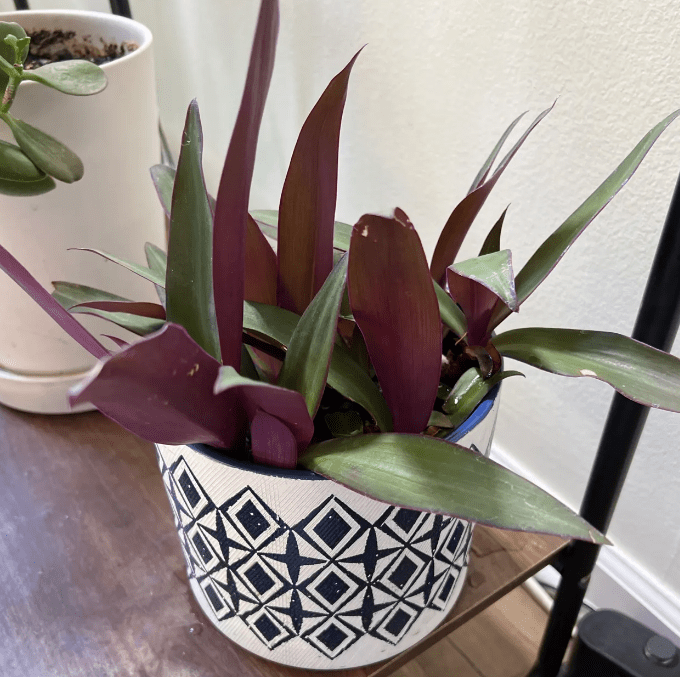
Care and Maintenance
Watering schedule and techniques
Are important for the health and growth of your Moses in the Bulrushes Plant. It is important to water your plant regularly, but be careful not to overwater it as this can lead to root rot. A good rule of thumb is to water your plant when the top inch of soil is dry. This will help prevent overwatering and ensure that your plant gets the right amount of moisture. When watering, it is best to water the soil directly at the base of the plant to avoid getting the leaves wet, which can lead to disease. Additionally, using a watering can with a narrow spout can help you control the flow of water and direct it to the soil where it is needed. Proper watering techniques will help keep your Moses in Cradle plant healthy and thriving for years to come. So make sure to establish a regular watering schedule and use the right techniques to keep your plant happy and vibrant.
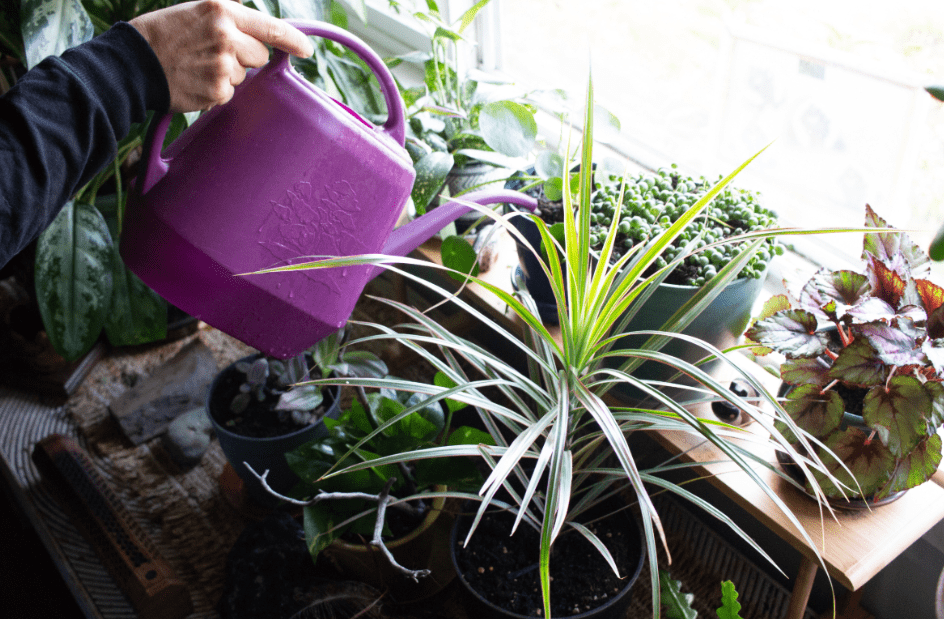
Fertilization and nutrient requirements
Are crucial for the growth and health of your plants. It is important to understand the specific needs of your plants and provide them with the right nutrients to support their growth. Different plants have different nutrient requirements, so it is important to do your research and understand what your plants need. Using a balanced fertilizer that contains essential nutrients such as nitrogen, phosphorus, and potassium can help promote healthy growth and vibrant foliage. Additionally, incorporating organic matter into the soil can also provide a natural source of nutrients for your plants. It is important to fertilize your plants regularly, but be mindful not to over-fertilize as this can lead to nutrient imbalances and damage to the plant. By understanding the fertilization and nutrient requirements of your plants, you can ensure that they receive the necessary nutrients for optimal growth and longevity. So take the time to provide your plants with the right nutrients and watch them thrive and flourish.
Pruning and trimming tips
Pruning and trimming are essential tasks for maintaining the health and appearance of your plants. Regular pruning helps to remove dead or diseased branches, promote new growth, and shape the overall structure of the plant. It is important to use sharp and clean tools when pruning to prevent damage to the plant. When trimming, it is important to consider the specific needs of each plant and to trim accordingly. Some plants may require frequent trimming to maintain their shape, while others may only need occasional trimming to remove dead or overgrown branches. It is also important to consider the timing of pruning and trimming, as certain plants may need to be pruned at specific times of the year to promote healthy growth. By taking the time to properly prune and trim your plants, you can help them to thrive and flourish for years to come. Don’t be afraid to get your hands dirty and give your plants the care and attention they need to thrive.
Common pests and diseases, and how to manage them
Pests and diseases can wreak havoc on your plants and garden, but there are ways to manage them effectively. One of the best ways to prevent pests and diseases is to keep your plants healthy and strong. This can be achieved through proper watering, fertilization, and soil maintenance. Additionally, keeping an eye on your plants and inspecting them regularly can help you catch any issues early on. If you do notice pests or diseases, there are natural and organic methods to manage them, such as using beneficial insects, neem oil, or homemade sprays. It’s important to research and understand the specific pests and diseases that affect your plants so you can address them appropriately. By staying proactive and taking steps to manage pests and diseases, you can keep your garden thriving and beautiful. Don’t let these challenges discourage you – with a little knowledge and effort, you can overcome them and enjoy a healthy, vibrant garden.
Benefits of Moses in Cradle Plant
Aesthetic and decorative value
The Moses in the Bulrushes Plant is not only a beautiful addition to any home or garden, but it also has great aesthetic and decorative value. With its vibrant green and purple leaves, this plant adds a pop of color and texture to any space. Its unique and eye-catching appearance makes it a great choice for adding visual interest to your indoor or outdoor environment. Whether you place it in a hanging basket, a pot, or as a ground cover, the Moses in the Bulrushes Plant is sure to enhance the overall aesthetic of your space. Its low-maintenance nature also makes it a perfect choice for those who want to enjoy the beauty of plants without having to put in too much effort. So, if you’re looking to add some aesthetic appeal to your home or garden, consider adding the Moses in Cradle plant to your collection. Its beauty and decorative value will surely make a statement in any setting.
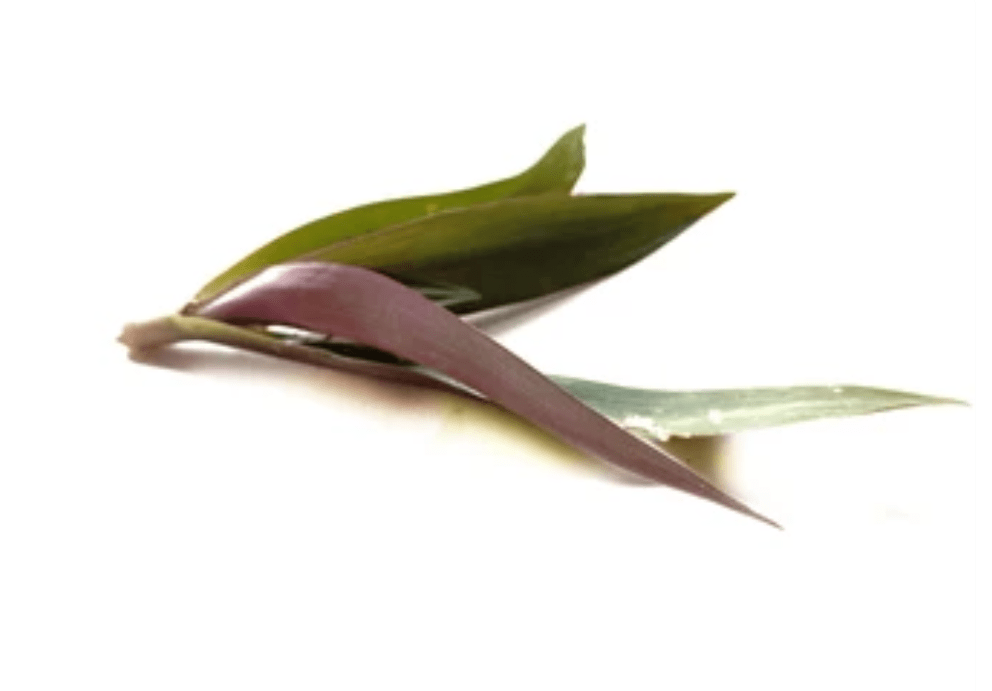
Health benefits (air purification, etc.)
The Moses in Cradle plant not only adds beauty to your surroundings, but it also provides health benefits such as air purification. This plant is known for its ability to remove toxins from the air, making it a great choice for improving the air quality in your home. By adding this plant to your indoor space, you can breathe easier and enjoy a healthier environment. In addition to its air-purifying properties, the Moses in the Bulrushes Plant is also known for its ability to reduce stress and create a sense of calm and relaxation. Its presence can help to create a peaceful and tranquil atmosphere, promoting overall well-being. With its stunning appearance and health benefits, the Moses in Cradle plant is a must-have for any space. So, why not bring this beautiful and beneficial plant into your home and experience the positive impact it can have on your health and well-being.
Troubleshooting Common Problems
Identifying and solving common issues (yellowing leaves, root rot, etc.)
If you notice your Moses in Cradle plant developing yellowing leaves or root rot, don’t panic! These are common issues that can be easily identified and resolved. Yellowing leaves may be a sign of overwatering, so be sure to adjust your watering schedule and allow the soil to dry out between waterings. If you notice root rot, it may be due to waterlogged soil, so be sure to repot your plant in well-draining soil and adjust your watering habits. By addressing these common problems, you can keep your Moses in Cradle plant healthy and thriving. With a little care and attention, you can enjoy the air-purifying and stress-reducing benefits of this beautiful plant for years to come.
Tips for reviving a struggling Moses in Cradle Plant
Are you tired of struggling to keep your Moses in Cradle plant alive and thriving? Don’t worry, with a few simple tips, you can revive your struggling plant and bring it back to its former beauty. First, identify any common problems such as yellowing leaves or root rot. Once you’ve identified the issue, you can take the necessary steps to address it. For yellowing leaves, adjust your watering schedule and allow the soil to dry out between waterings. If you notice root rot, repot your plant in well-draining soil and adjust your watering habits. With a little care and attention, you can bring your Moses in Cradle plant back to life and enjoy its air-purifying and stress-reducing benefits for years to come. Don’t give up on your plant – with the right care, it can thrive and bring beauty into your home.
In conclusion, growing and maintaining a healthy Moses in Cradle plant is not as difficult as it may seem. With the right care and attention, you can ensure that your plant thrives and looks beautiful for years to come. By following our expert advice and tips, you can be confident in your ability to keep your Moses in Cradle plant healthy and thriving. So, don’t hesitate to put our advice into action and watch your plant flourish!
Frequently asked questions And Answer
The best way to water a Moses in the Cradle plant is to water it thoroughly, allowing the water to drain out of the bottom of the pot. Then, allow the top inch of soil to dry out before watering again.
Moses in the Cradle plants thrive in bright, indirect sunlight. They can also tolerate some direct sunlight, but too much direct sun can cause the leaves to burn.
A well-draining potting mix is best for a Moses in the Cradle plant. You can also add some perlite or sand to the soil to improve drainage.
You can fertilize your Moses in the Cradle plant once a month during the growing season (spring and summer) with a balanced, water-soluble fertilizer.
You can propagate a Moses in the Cradle plant by taking stem cuttings and rooting them in water or in a well-draining potting mix.
Keep an eye out for spider mites and mealybugs, which are common pests for Moses in the Cradle plants. You can prevent these pests by regularly wiping down the leaves with a damp cloth and keeping the plant in a well-ventilated area.
Yes, you can prune your Moses in the Cradle plant to remove any dead or yellowing leaves, as well as to encourage new growth and maintain a compact shape.
During the winter, it’s important to reduce watering and avoid placing the plant near drafty windows or heating vents. You can also mist the plant occasionally to increase humidity.
